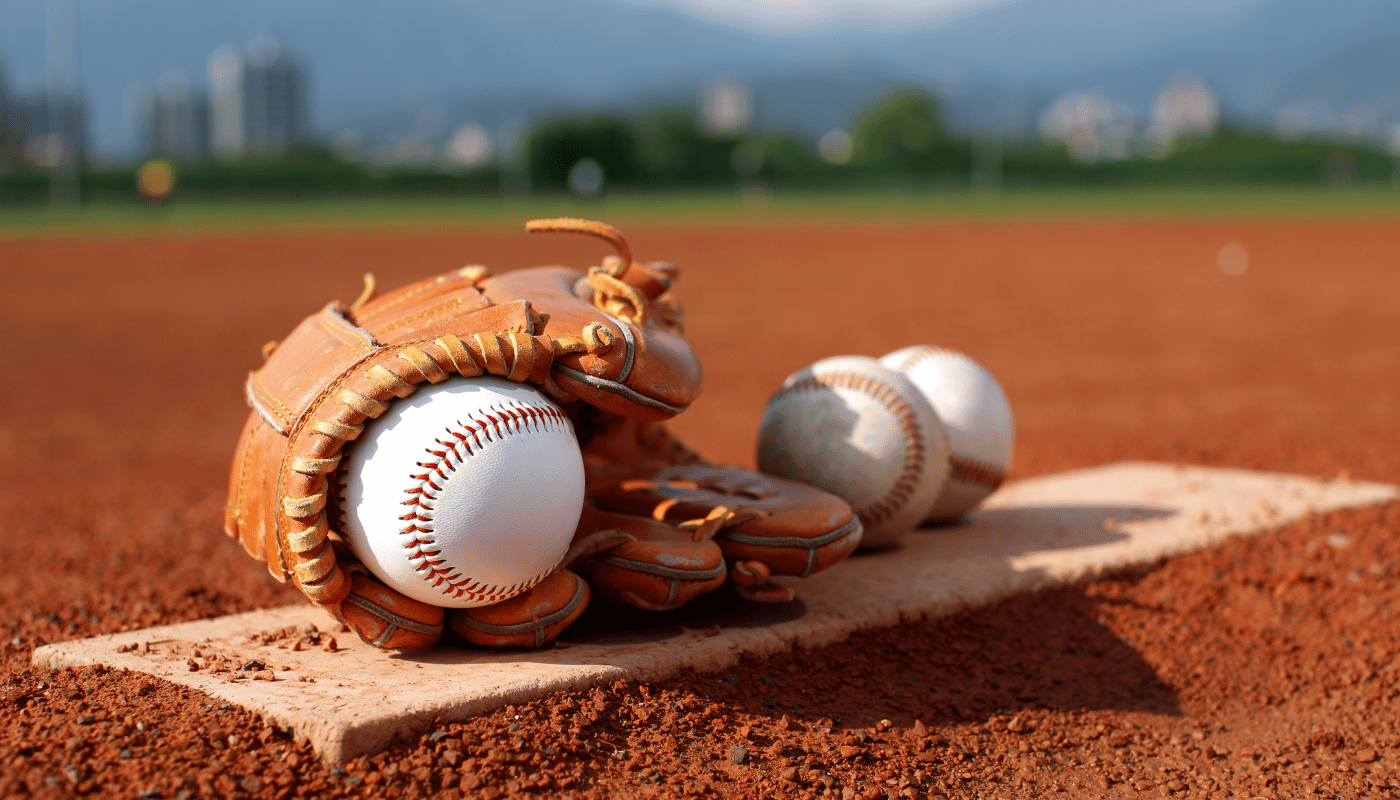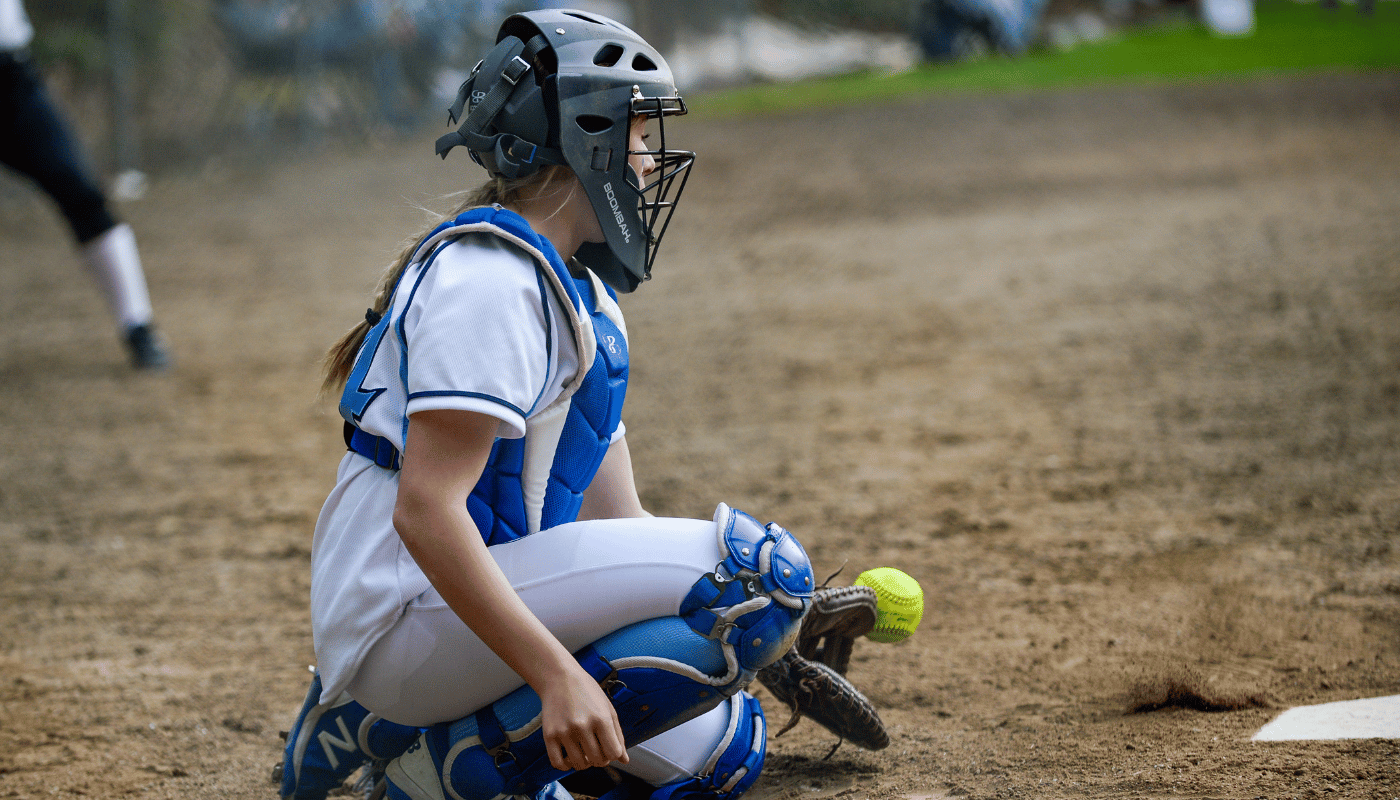Sliding is a crucial skill in baseball that helps players safely avoid tags, reach bases more effectively, and maintain their momentum during base running. It is an essential technique that every player, whether in Little League or Major League Baseball, needs to master. A well-executed slide allows a runner to stay safe while advancing to the next base and can be the difference between being out or safe.
Learning how to slide in baseball is not just about speed, but also about safety. A proper slide minimizes the risk of injury, particularly to the knees, ankles, and wrists. Whether a player is attempting a feet-first or head-first slide, understanding the right form is key to ensuring a successful outcome. For any player, knowing when and how to slide can make a significant impact on the game’s outcome.
In this article, we will explore the various types of slides, the rules governing them, the safety precautions to take, and the best training techniques. By the end of this guide, you’ll have a better understanding of how to slide in baseball and be ready to apply these skills on the field. Whether you are new to the game or an experienced player looking to refine your technique, mastering the art of sliding is essential for every baseball athlete.
Types Of Slides
In baseball, there are several types of slides, each designed for different situations and based on the player’s preference and position on the field. Knowing which slide to use can help avoid unnecessary injuries and improve a player’s chances of reaching the base safely. These slides are not only about speed but also about control and safety, especially when faced with a potential tag. Each technique serves a different purpose and comes with its unique set of advantages.
Here are the most common types of slides in baseball:
- Feet-First Slide: The most common type of slide, this technique is used to avoid injury by keeping the body low and controlled. It is often considered the safest option, as the player lands on their backside or bottom, which reduces the risk of head and shoulder injuries.
- Head-First Slide: This type of slide is faster than the feet-first version and is often used when a player is trying to reach a base quickly. However, it comes with a higher risk of injury, particularly to the upper body, such as the shoulders, wrists, and neck.
- Pop-Up Slide: After making contact with the base, the player quickly springs back to their feet, ready to continue running or steal the next base. This slide is useful for avoiding tags while keeping the player in an upright position, allowing for a quick return to full speed.
- Hook Slide: The hook slide is typically used when approaching second base. The player hooks their foot around the base to avoid being tagged by the fielder. It’s an advanced technique that requires precision and control to execute correctly.
- Swim Slide: This technique involves a swimmer-like movement where the runner swings their arm over the fielder’s tag, allowing them to slide past the tag without being touched. This slide is useful in avoiding the tag during a close play.
When considering how to slide in baseball, it’s important to choose the right slide based on the situation. For example, a head-first slide might be more beneficial when a player needs to reach a base in the shortest time possible, while the feet-first slide is a safer option when avoiding injury is the priority.
Ultimately, practicing these different types of slides will help players become more versatile on the base paths and improve their ability to get on base or avoid a tag. Each type of slide has its specific purpose, and mastering them will make any player more effective in the game.
The Slide Rule In Baseball
Like in many other sports, baseball has the sliding rule which defines the manner in which a player moves to a base. It prevents injuries that may be caused by a player sliding recklessly or without control into the base. The slide rule is meant to, to some extent, assist in defining legal slides in the game. It caters for players who are at risk of causing or on the receiving end of interference in a game.
The regulation wants to make sure that there are no crashes during a slide between the runner and the fielder. A player must keep in touch with the ground until they are nearly at the base, while at the same time sliding in a manner that does not disrupt the fielder from getting the ball or making the tag. It is deemed illegal to change the route of the runner to intentionally obstruct the fielder, as this can get the runner out.
Core Characteristics Of The Slide Rule
Sliding injuries can occur during a game of baseball, and players must follow the norms of the slide rule in order to avoid potential injury. As an example, while a player is sliding head-first, everything should be done to avoid contact with the fielder – especially the fielder’s legs or arms. The same goes for feet-first slides – players and the fielder trying to make the tag must be able to safely perform their actions.
All inline with the efforts to avoid injury, it is also possible to breach the slide rule without adequate sporting respect in a way which damages the game. One such act of breaking the slide rules is to attempt a slide without trying to reach the base. Such an act would result in a call out. Each team should be limited to one legal way of doing business and one illegal way – whether it is on offense or defense.
Understanding how to slide in baseball within the confines of the slide rule can also help players avoid penalties. A legal slide is one that is executed within the spirit of the rule, showing an effort to reach the base safely without endangering the fielder. Whether a player is using a feet-first slide or a head-first slide, it’s important to be aware of these regulations to ensure that the play remains legal and does not result in an unnecessary out.
By following the slide rule, players can not only stay safe but also enhance their performance on the base paths. Mastering the art of sliding while respecting the rule allows players to take full advantage of their speed and agility, making them more effective and confident base runners.
Safety Considerations
A slide is an exciting maneuver in baseball, but you might get hurt while performing it. As with every technique in the game, it must be practiced thoroughly. It results in the player getting injured either due to the slide’s power and contact with the fielder or vice-versa. Thus, players should understand how to execute a safe slide and how to prevent injuries in order to become more effective while playing.
When done incorrectly, a slide often results in ankle sprains and fractures, especially if the ankle is above at a ninety degree angle. A worse injury as a result of sliding which is also common is a knee strain. There is often not much control during the slide, resulting in the knee taking too much force. Other injuries caused by sliding include broken wrist and shoulder due to excess pressure or force needed in catching the elbow and arms to shield the body.
| Injury Type | Description | Risk Factors | Prevention Methods |
| Ankle Sprains | Occurs when the ankle twists upon landing | Incorrect foot placement, improper technique | Use feet-first slides, proper foot positioning |
| Knee Strains | Happens when the knee is forced in an unnatural direction | Overextending the knee, poor slide control | Practice proper sliding form and technique |
| Shoulder Injuries | Can occur when players land on their shoulders, especially in head-first slides | Incorrect head-first slide technique | Avoid landing on the shoulders, use controlled slides |
| Wrist Injuries | Caused by trying to stop the slide with the hands | Falling too hard, sudden impact | Use controlled movements, avoid breaking the fall with hands |
Injuries can be minimized if players exercise correct sliding techniques. Players should try to avoid sliding without any control over their bodies and do practice sliding in places where the surface is soft. Control your body in a way during the slide that mitigates injury, whether you perform a feet first slide, head first slide, or a pop-up slide.
Players should put on the suitable gear such as shorts for sliding before training or participating in a game. Even among highly skilled athletes, there is a fear of injury, but safe sliding techniques can be mastered through regular practice.
Common Mistakes To Avoid
In baseball, a slide must be carried out with caution and great care for it to be effective and controlled. On surface level, this act may also come across as simple and easy to perform, but there are various issues that allow a player to be tagged out or, worse, injured. Understanding how to troubleshoot these problems ensure players remain safe and adept at sliding on the field.
Foot in the wrong position is a common mistake made by players. When a player decides to slide and their foot placement is incorrect, the player risks landing in a position that puts stress on the knee, ankle, and even hip joints. This can jeopardize the players without them even knowing it as there is always a possibility of getting sprains and injuries. Whenever foot placement is in discussion, both knees should be placed as flat as possible to the ground to avoid twisting while maneuvering the slide.
Common Mistakes Players Of Baseball Make
Overextension of the arms is another common problem during head first slides. The objective of the slide is to get to the base in the shortest period of time possible, however, a player can risk getting a sore shoulder or gnarled wrist if the arms are extended way too far. With proper execution of the slide, arms should remain bent snug against the body as it allows the player to get into the base safely.
Starting off with slipping too early or late is another missed skill which might lead to an unoccupied base or a tag-step out. When a player’s slide begins too early, they may end up sliding past the base. On the other hand, if the player starts their slide too late, they can easily get tagged. Sufficient timing is critical in terms of making slides. A rational anticipation of the sliding distance must be done which includes the distance to the base. Also, the player need to check the opponent’s speed and timing in order to ensure a clean and successful touch.
At last, unmindfulness during the slides can bring forth avoidable errors. A player can simply overestimate the location of the fielder or the ball and slide at the wrong time. The players must on all occasions be conscious of the happenings around them, such as the position of the fielder and where the ball is active.
Correcting these mistakes takes practice and a solid understanding of how to slide in baseball effectively. Players should focus on their form, timing, and awareness during training to minimize the risk of errors. By consistently practicing good habits, they can improve their ability to execute a successful slide and avoid unnecessary injuries.
Training And Practice
Practicing sliding is crucial for improving both the technique and safety of baseball players. Regular training helps players become more confident and efficient in executing slides, which is essential for both avoiding injury and achieving success on the base paths. Proper training allows players to develop muscle memory and perfect their form, making it easier to perform slides under game conditions.
Training for sliding should include various drills that target different aspects of the technique, such as speed, control, and safety. Below are some effective drills that players can incorporate into their training routine:
- Basic Sliding Drills on Soft Surfaces: Start by practicing sliding on soft surfaces, like grass or mats, to get comfortable with the motion. This helps players learn the correct form without the risk of injury.
- Pop-Up Slide Drills: These drills focus on teaching players to slide into a base and then quickly pop back up to their feet. This is an important skill for maintaining momentum and speed.
- Partner Drills: Working with a partner can help players focus on timing and positioning during their slides. The partner can simulate a fielder’s tag, allowing the player to practice evading it while sliding into the base.
- Slide and Stop Drills: These drills help players learn how to slide into the base and immediately stop, which is essential for preventing unnecessary overslides and ensuring safe and controlled landings.
- Advanced Technique Drills: Once players have mastered the basic slides, they can practice advanced techniques like the hook or swim slide. These drills help players become more versatile and improve their ability to avoid tags in various situations.
Practicing these drills consistently helps players build confidence and improve their ability to execute slides efficiently. One of the key aspects of mastering how to slide in baseball is ensuring that the player develops muscle memory so that sliding becomes second nature. Whether it’s a feet-first slide or a head-first slide, repetition is essential to perfecting the technique.
Beyond these drills, players should also focus on developing flexibility and strength, particularly in the legs and core. Flexibility allows players to maintain proper form during their slides, while strength helps them generate the power needed for quick and controlled movements. By incorporating these elements into their training routines, players can enhance their overall sliding ability, making them more effective and efficient base runners.
The Importance Of Mastering Sliding Techniques
Mastering sliding techniques in baseball is essential for players who want to be effective base runners and reduce the risk of injury. By learning how to slide properly, players can ensure that they reach bases safely and avoid unnecessary collisions with fielders. Sliding is not just about speed; it requires control, precision, and awareness of the situation. A well-executed slide can mean the difference between being tagged out and getting safely to the base.
Understanding how to slide in baseball helps players avoid mistakes that could lead to injuries or missed opportunities. It allows them to make quick decisions about when and how to slide based on the game’s context. Practicing different types of slides and mastering each technique enables players to approach each situation with confidence, knowing they are prepared to make the safest and most effective play.
Incorporating sliding drills into regular training helps reinforce good habits and ensures that players develop the necessary skills to perform under pressure. Sliding is a skill that improves with practice, and the more a player practices, the more instinctive and safe their slides will become during real game situations.




